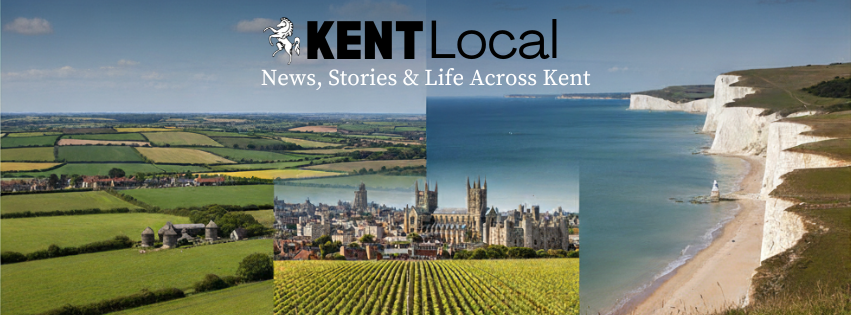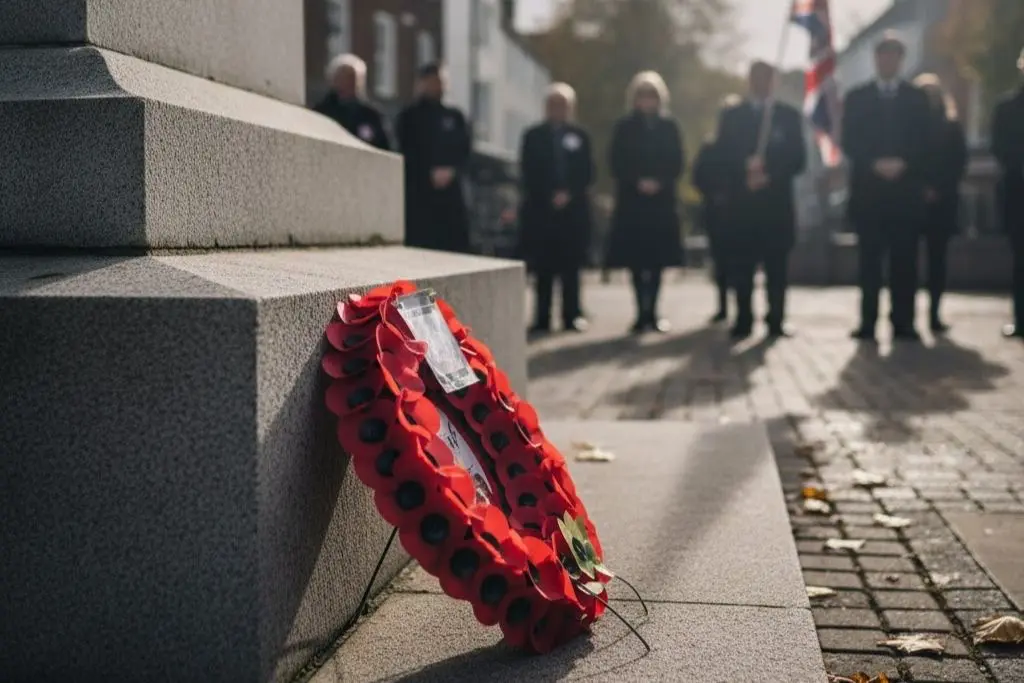Introduction: A Defining Moment for Kent’s Local Government
The future shape of local government in Kent and Medway is currently under serious consideration. With five distinct proposals shortlisted for Local Government Reorganisation (LGR), residents, businesses, and councillors face decisions that could reshape service delivery, council boundaries, and local representation. This article aims to unpack each of these proposals clearly and fairly, so Kent residents understand the options before the upcoming November deadline.
Understanding Local Government Reorganisation (LGR): What It Means for Kent
What is LGR and Why is it Being Discussed Now?
Local Government Reorganisation refers to the process of changing the administrative structure of councils to potentially improve efficiency, reduce duplication, and provide clearer governance. Kent and Medway currently operate under a two-tier system, with Kent County Council handling broader services and district councils managing local matters. However, the government has encouraged proposals to explore alternatives, aiming to streamline local government frameworks. This is why several councils in the region are presenting different models ahead of the November 28 deadline.
Two-Tier vs. Unitary: The Core of the Debate
Kent currently uses a two-tier system, meaning Kent County Council (KCC) oversees major services such as education, transportation, and social care, while 12 district councils handle planning, housing, waste collection, and similar local duties. In contrast, a unitary authority manages all local services within one administrative body.
Proponents of the unitary model argue it reduces complexity, improves coordination, and may offer financial savings. Supporters of the two-tier system highlight the benefits of localised decision-making and preserving community identities that districts represent. This fundamental difference lies at the heart of the LGR proposals.
The Five Proposals: A Detailed Look at Each Option
The Leaders’ Group Three-Unitary Plan
Key Features and Proposed Boundaries
This plan suggests combining parts of Kent and Medway into three new unitary authorities. The boundaries are drawn to reflect population densities and economic areas. The proposed units include:
- East Kent Unitary: Covering Canterbury, Dover, Thanet, and Folkestone & Hythe.
- West Kent Unitary: Encompassing Tonbridge and Malling, Maidstone, Sevenoaks, and Tunbridge Wells.
- Medway and North Kent Unitary: Covering Medway, Gravesham, Dartford, and Swale.
Resident Distribution and Stated Rationale
The Leaders’ Group advocates this three-unitary model as a balance between manageable administrative sizes and preserving local identities. The plan aims to streamline services while maintaining clear local connections. They estimate this would serve approximately 1.8 million residents combined.
The Leaders’ Group Four-Unitary Plan
Key Features and Proposed Boundaries
This alternative proposal from the Leaders’ Group advocates for four smaller unitary authorities, intending to bring governance closer to communities. The suggested four units include:
- Medway Council as one unitary.
- East Kent unitary: Dover, Canterbury, Folkestone & Hythe.
- Mid Kent unitary: Maidstone and Swale.
- West Kent unitary: Sevenoaks, Tonbridge and Malling, Tunbridge Wells, Gravesham, and Dartford.
Resident Distribution and Stated Rationale
The four-unitary model aims to respect distinct local identities while providing efficient administration. By separating Medway and aligning other districts more closely, supporters claim it would allow targeted service delivery tailored to each area’s unique needs.
Kent County Council’s Single Unitary Vision
A Unified Kent and Medway: The KCC Proposal
Kent County Council advocates for a single unitary authority incorporating all of Kent and Medway. This would merge all district councils and KCC into one council body, delivering all local government functions through a unified structure serving the entire county and Medway.
Political Context and Leader’s Stance
KCC leader Linden Kemkaran has publicly supported this single-unitary approach, highlighting potential financial savings and simplified governance. However, a leaked video revealed some internal tensions and candid assessments of local governance challenges, which have sparked debate among councillors and the public alike. This plan has both strong proponents and vocal critics.
Medway Council’s Distinct Four-Unitary Model
Proposed Boundary Changes and Specific Details
Medway Council, experienced as a standalone unitary authority since 1998, proposes four unitary councils but places stronger emphasis on Medway remaining separate. Their model divides Kent into four unitaries, preserving Medway’s current boundaries while redistributing districts differently.
Medway’s Rationale and Experience as a Unitary Authority
Medway stresses its proven track record as a unitary authority and argues that maintaining this autonomy ensures services stay responsive to local residents. Their proposal also prioritises maintaining Medway’s distinct local identity.
Gravesham and Dartford’s Five-Unitary Approach
Prioritising Local Identity and Community Needs
Gravesham and Dartford councils put forward five unitary councils to reflect more closely the current district boundaries, aiming to preserve local identities and community-focused governance.
The Case for Five Local Authorities
This approach argues that smaller councils mean better representation, stronger connections with residents, and more tailored services. The five-unitary proposal stands in contrast to plans advocating for larger administrative areas and has support from councillors worried that bigger unitaries risk drifting from local concerns.
Key Players and Political Dynamics Behind the Proposals
Who is Advocating Which Model: A Roundup of Leaders’ Views
- Linden Kemkaran (KCC Leader): Supports the single unitary Kent and Medway model, emphasising streamlined services and fiscal sustainability.
- Vince Maple (Medway Council Leader): Champions the four-unitary model with Medway remaining separate to protect local distinctiveness.
- John Burden (Leader of Gravesham Council): Favors the five-unitary plan highlighting the value of strong local identities.
- Jeremy Kite (Chair of Leaders’ Group): Promotes the three- and four-unitary plans as balanced solutions combining efficiency with localism.
Divergent Views and The Path to Consensus (or Lack Thereof)
While councils seek some common ground, notable disagreements remain. Some leaders prioritise financial savings and a unified approach, while others worry about losing community representation. Political allegiances and local loyalties make consensus challenging ahead of the November submission. The government will ultimately decide, based on these proposals and further consultation.
Potential Impact on Kent Residents and Services
How Could Service Delivery Change?
Reorganisation could impact key services such as social care, waste collection, housing, and planning. Unitary models promise clearer accountability with a single organisation responsible for all services, which supporters say reduces confusion and overlaps. However, larger units may risk stretching resources or being less responsive to local needs in rural or distinct communities.
Council Tax and Financial Implications
Financial sustainability is a driving factor behind most proposals. Some plans predict reduced administrative costs, which could influence council tax levels. Conversely, the transition costs and risks of service disruption remain concerns. Residents can expect detailed financial analyses to follow government assessment.
Preserving Local Identity and Democratic Representation
All proposals acknowledge the importance of local identity, though they approach it differently. Plans with larger unitaries offer community committees to maintain local voices, while smaller councils promise direct representation. How these changes affect residents’ sense of belonging and participation will be closely watched.
The Road Ahead: Next Steps and Critical Dates
Full Council Debates and Approvals This Month
Throughout November, councils will debate their preferred models, with formal decisions and approvals expected before submission.
The Deadline: Submission to Government on 28 November
All five proposals must be submitted to the Department for Levelling Up, Housing and Communities by 28 November. This marks a critical point where local preference meets national decision-making.
What Happens After the Proposals are Submitted?
The government will review proposals, possibly seek further information or adjustments, and ultimately decide which model—if any—will be implemented. This process could take months, involving public consultation and parliamentary procedures.
Have Your Say: How Residents Can Follow the Debate and Get Involved
Kent residents can stay informed by following local council websites, attending public meetings, or participating in consultations. Community groups and local media like kentlocal.co.uk will provide updates and insights. Engaging with your district and county councillors remains a key way to make your views known.
Conclusion: What Lies Ahead for Kent’s Local Governance
The task of reorganising local government in Kent is multifaceted with competing visions and significant implications. The five proposals each seek to balance efficiency, identity, and representation in differing ways. For residents, the coming months will be important in understanding these options and contributing to conversations that will shape the governance and services of Kent and Medway for years to come.



